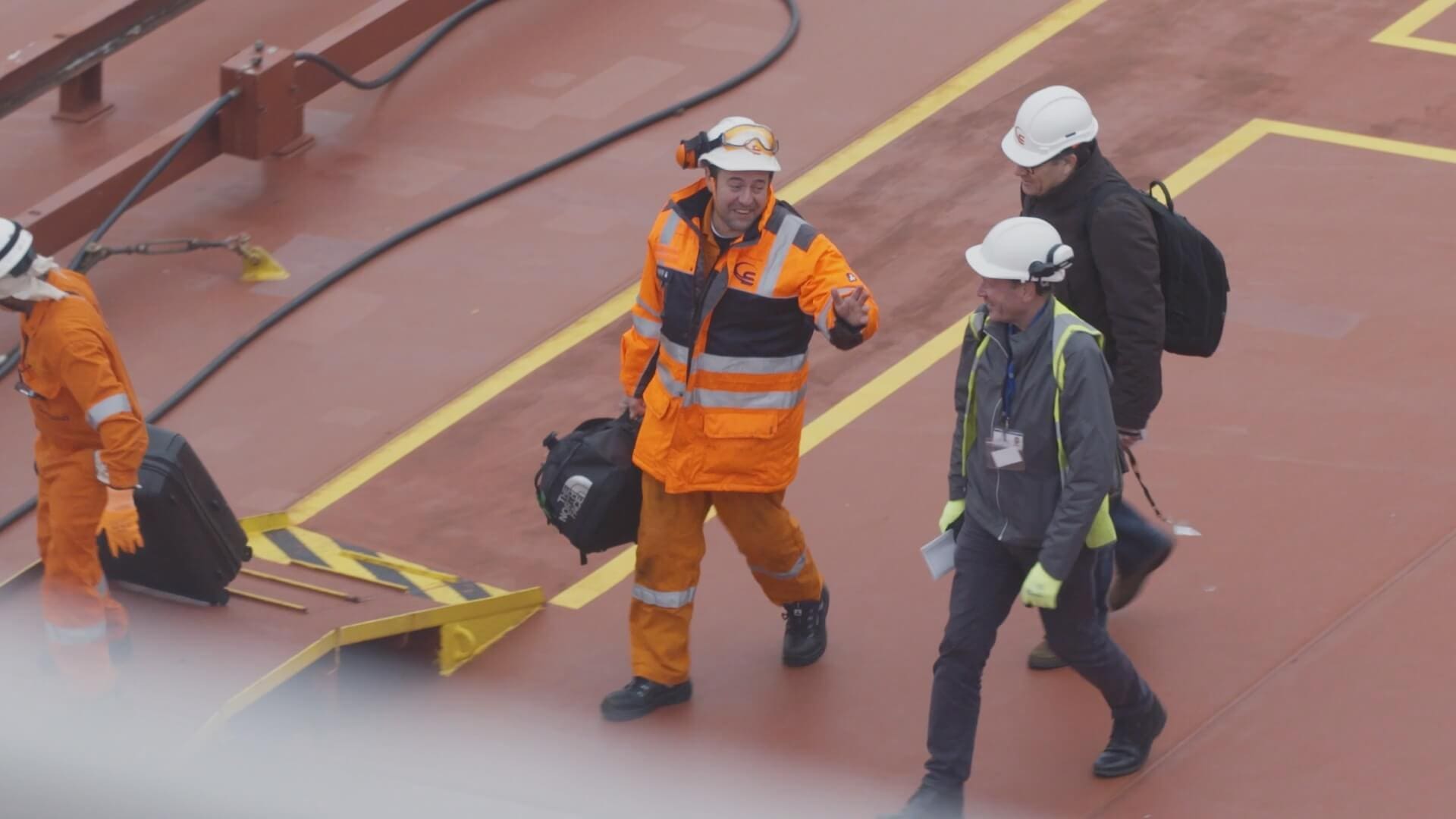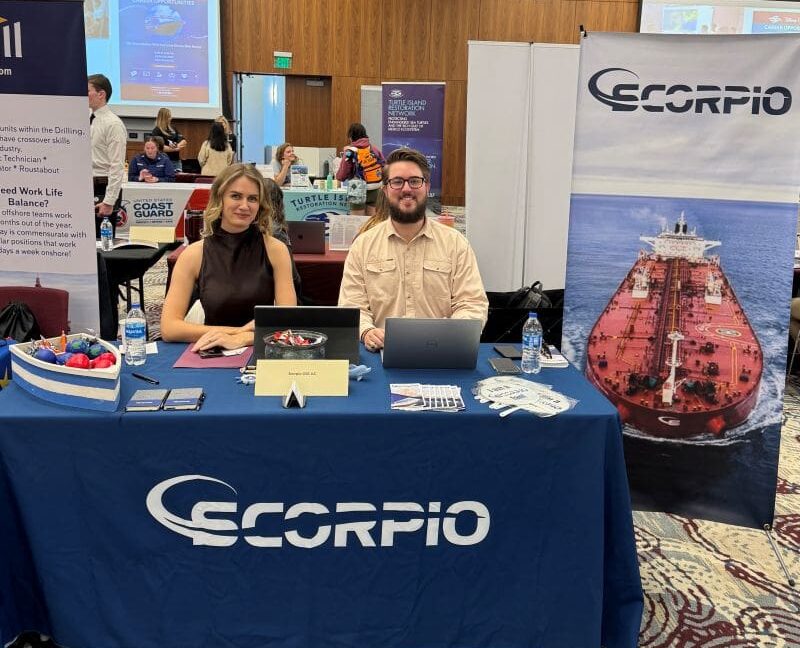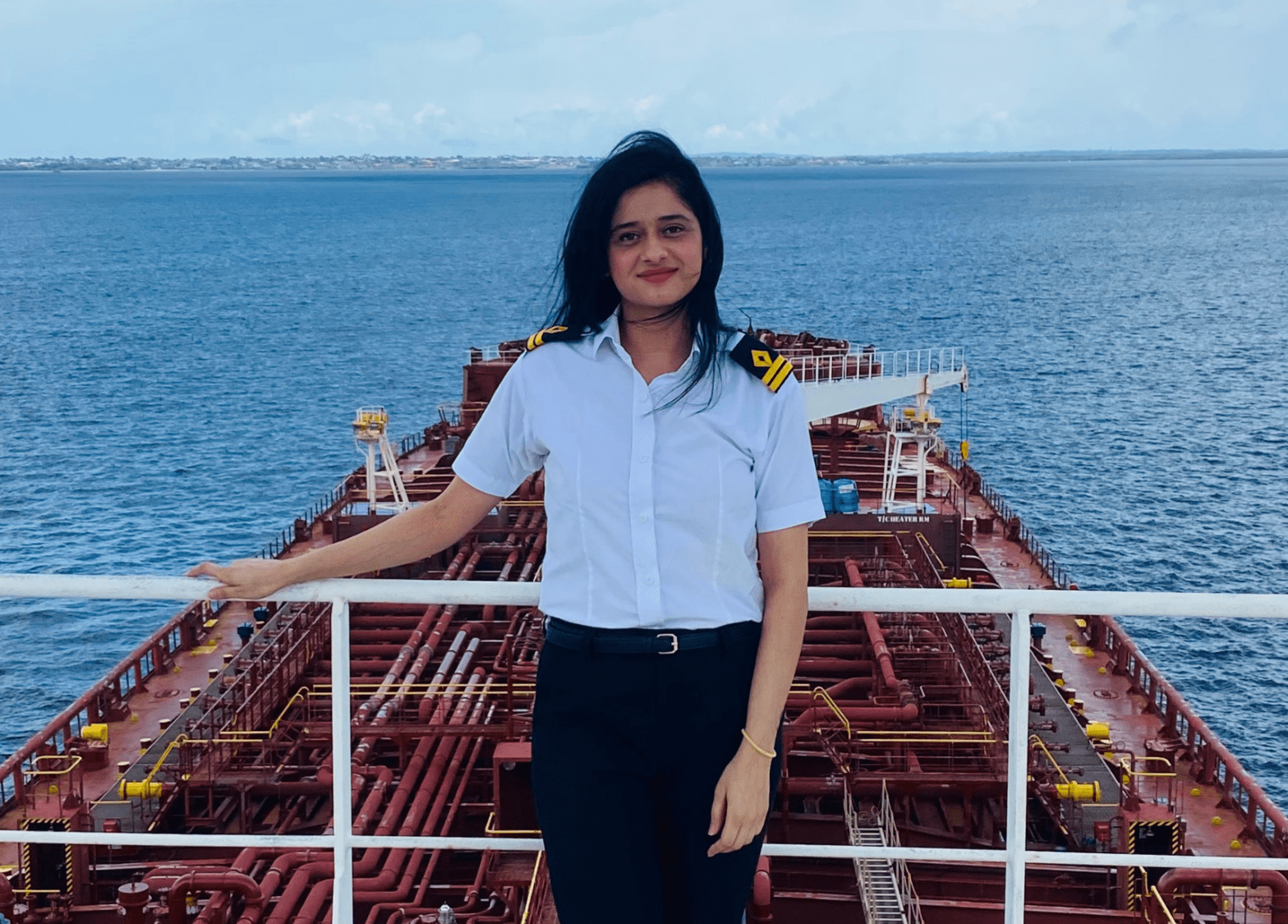Scorpio News
Charting Success: The Role of Commercial Operators in Scorpio’s Fleet

“Good morning, Captain, I know you are busy, but would you be able to send me the stowage plan per my request yesterday?”
I am sure many of us seafarers have received this call at 6am, right when the vessel is about to start maneuvering! The usual reactions are frustration, disbelief, even irritation at times, to say the least.
Welcome to the world of commercial operations! Some call it a necessary evil, I just say it’s Necessary, period. The basic purpose of a vessel is to be profitably employed so that all the stakeholders may get returns on their investment and us seafarers remain gainfully employed.
You must have noticed I refer to “us seafarers” — that’s because I sailed, too, as did most of the operators in Scorpio. I feel this is quite unique to Scorpio compared to numerous other organizations, as we continue to remain the perfect bond between the office and the ship exuding empathy in an all-consuming commercial world.
What does a commercial operator do? What’s the purpose of this position? Are they like Air traffic control, but for Ships? I get these questions all the time.
I like to think of us as sand waves –leaving our subtle mark at the same time moving in the direction of flow of the world’s trade. The markets may be good or bad – but the one thing that remains constant is the paucity of time, as we try to either beat the competition or support a client who needs to fix a vessel in the shortest possible duration.
This lack of “time” obviously gets passed down the chain to the vessel in the form of urgent phone calls. With the advent of the Internet & Cell Phones this “Time” has reduced even further as everybody constantly needs some information or other from the vessel, in the shortest amount of time.
The Role
So, what is it that we really do (other than calling or emailing the vessel at the most inopportune times)? The Work profile is divided into the pre-fixture, voyage execution & post fixture roles. During the pre-fixture stage, the operator will assist the chartering team to fix the vessel for her next voyage. Sometimes this could entail clearing the same or multiple vessels for numerous options with various charterers. We also mitigate risks & ensure that the fixtures do not violate any safety, security, sanctions, and environmental compliances by following well defined standard operating procedures as well as analytical tools.
A typical pre-fixture starts with a Q88, followed by various other questionnaires for the load & possible discharge ports, the vessel’s Oil Major approvals, Terminal Restrictions, local peculiarities, and the ever-consuming urge of charterers to load the maximum amount of cargo onto the vessel while keeping draft restrictions in check. Each charter is unique in the way they trade the vessels and operators need to stay ahead of the curve.
The Pre-Fixture stage requires lots of communication between Brokers / Agents/ Port Authorities / Legal Dept / Sanctions Team / Owners / Tech managers and, of course, the vessel. All this information is received by an operator who then collates the raw data, dresses it up and sends it to our chartering team in hopes that the vessel gets fixed. But alas, this is not always the case.
For example, a pre-fixture that has been running for the last four days in the Houston office, with charterers sitting in Japan, the broker in London, the owners in Italy, and the vessel waiting offshore USG, may just fall flat. And all that intense work is for naught. That’s where you press refresh and start all over again. Meanwhile, there could be four ships which are fixed, and their voyage execution is ongoing. They could be at various stages, or even the same one, right from tank cleaning to bunkering, to supply of FW to Owners matters. Then there could be a machinery breakdown, a personal favorite the USCG COC – or better yet – let’s throw in a Vegetable Oil Voyage. An operator at any given stage could be handling anything between 6 – 10 vessels depending upon the size and trading area. That is why, a 3am phone call for them is quite normal.
While the first two stages are being performed, an operator also needs to liaise with numerous inter office departments such as Agency Desk, Performance, Optimization, Claims, Legal, Accounting & Administration & Development to name a few. The operation teams that sit in Mumbai, Houston & Monaco are a very well-oiled machine that provide 24/7 coverage, to say the least.

Closing the deal
Once the voyage execution is completed, we come to the post-fixture stage. Shipping is probably the only business where we get paid post completion of a voyage and sometimes even eight months down the line. The monetary exposure is huge, hence invoicing for all additional activities is extremely critical. No invoice raised means no payment will be received, simple!
As can be seen there is a lot on an operator’s plate and each one of us signed up for this remarkable role to support our shipping industry. Scorpio has always instilled a sense of pride in each employee and the job that they are associated with. Even people who leave for greener pastures remember their times in Scorpio and the amount they learned and achieved. We all understand the importance of shipping and we like to think that we make a difference in international commerce, one fixture at a time.
But as the saying goes, no man is an island, and we simply cannot accomplish this without our sailing staff. There have been innumerable occasions where we have requested a seemingly Herculean task from the vessel, and they have always risen to the occasion. Be it a Sunday or Christmas – we always receive their support. We enjoy an open dialogue with the Masters of our fine fleet and information sharing has always been key.
While we may be separated by oceans and seas, one thing is certain, together as one, we all strive to give our best to the company that gave us this opportunity – Aye Scorpio!
– Captain Amandeep Chadha
This article featured in Beacon 27, Scorpio seafarers can access and download all issues of the Beacon from DocMap while onboard.

